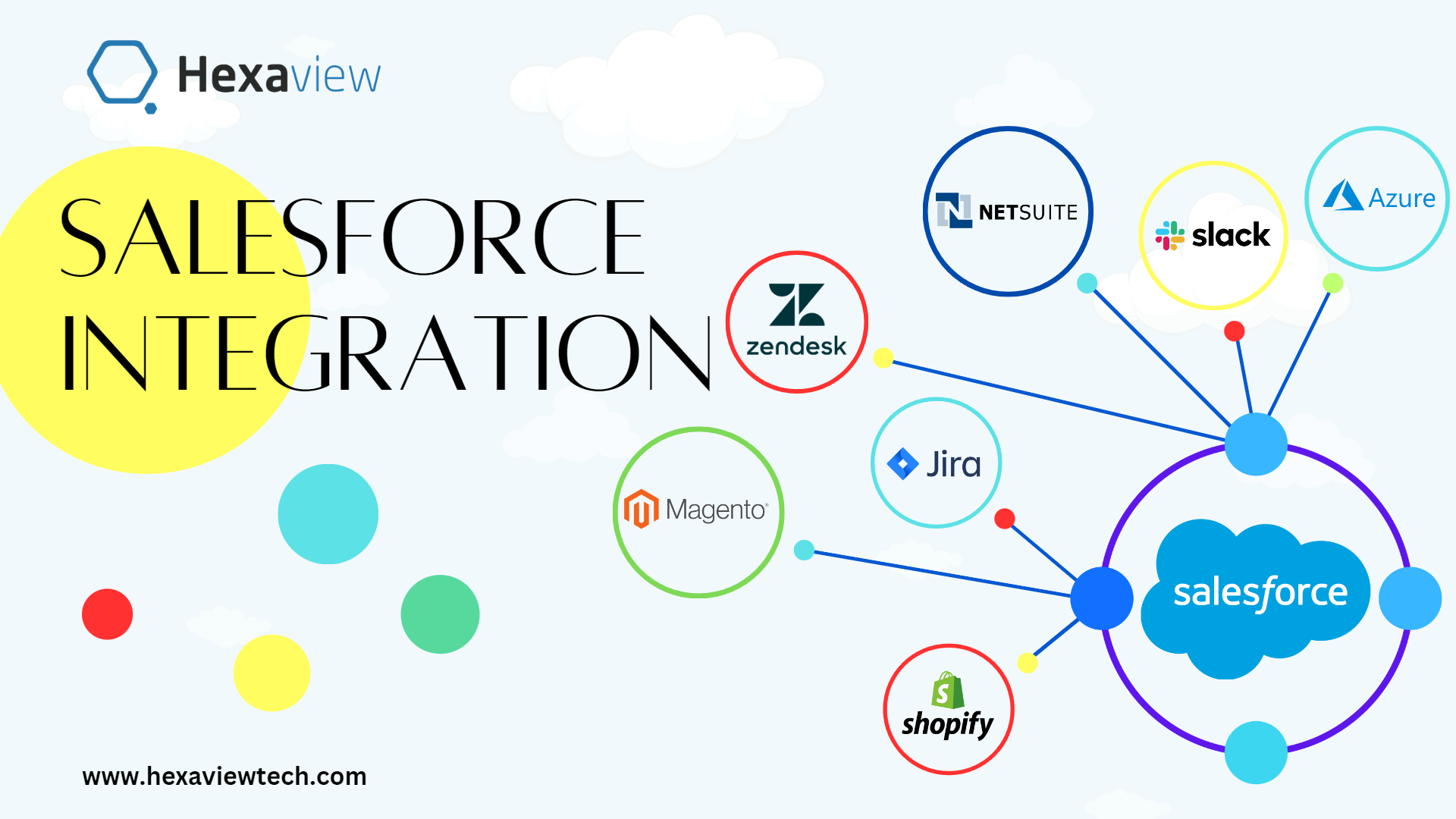Salesforce Integration

Salesforce Integration is a crucial aspect of optimizing business operations as it enables organizations to connect Salesforce with other critical systems and applications such as ERPs, CRMs, marketing automation software, and more. Integration of Salesforce with other systems such as Salesforce Netsuite integration can lead to improved data accuracy, enhanced collaboration between teams, and increased productivity. For example, integrating Salesforce with a marketing automation platform can automate lead nurturing and follow-up activities, which can help in optimizing the lead to customer conversion process. Similarly, integrating Salesforce with an ERP system can enable seamless synchronization of customer and order data, leading to better inventory management, improved supply chain visibility, and accurate forecasting. At Hexaview, as a trusted Salesforce development company , we have helped numerous organizations streamline their business processes by integrati...





